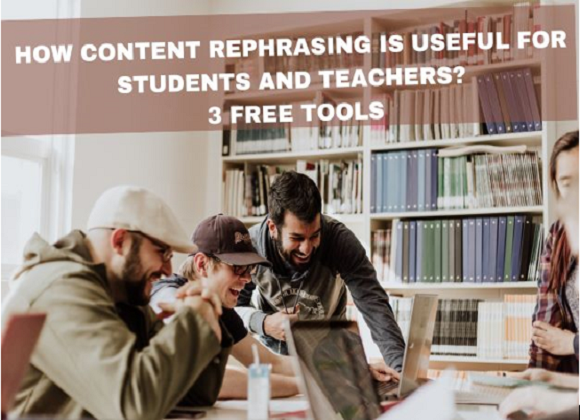Courses
Grow skills with quality courses
As a matter of fact, we have definitely been a part of this kind of energizers in the school, colleges or in a professional carrier. This always helps to engage with the new set of groups and to know each other in our surroundings. As a teacher, we always need some interactive energizers that help in the new classrooms to engage students with each other and to know them better.
Let’s know some benefits to conduct energizers regularly in the classroom:
Student Benefits:
Teacher Benefits:
Here Are some interactive energizers for the students to help know each other:
|
The Observation Game
Line up the students in two lines facing each other. If there is an odd number of students, you can play the game, too. Give students 30 seconds to look at each other for some time, paying attention to all details about their partner. The students in one line now turn facing the other way while the other line of students changes something about themselves. For example, a girl might take off a hair bow, the girl might remove her wristwatch or a boy might un-tuck his shirt. When the kids in the first line turn back around, they have to guess what their partner changed. Now switch and let the first line make the change and the second line guess the difference. |
 |
The "What Am I?" Game
Tell the students to get into a circle. Give each student a post-it note. Have each person write a noun on the post-it note. Then stick the post-it on the forehead of the person standing to the right of them with the noun showing. Now have students take a turn to ask the group a "yes/no" question that will help them guess the noun on their forehead. Keep going until all of the nouns have been guessed, or your time limit has expired.
 |
Find Your People
|
Icebreaker Pictionary
Two Truths and a Lie
This game is a classic (and fairly addictive) icebreaker for kids that can be played with a whole class student or in small groups of students.
Each student in the class comes up with three statements about themselves. Two should be true statements about them, and one should be false. Depending on the age of your students, you can allow them to think up the statements and keep them in mind or to write them down in the notebook. Now, call on students one by one.
When called on, each student should speak their 3 statements for the rest of the class to determine which statement they think is false.
References: Storyweaver
About the author
Comments
Recommended by Gurushala

Technology & Innovation
-By Valentina MilanovaHow Content Rephrasing is Useful for Students and Teachers? 3 Free Tools

Stories of Indian Classrooms
-By GurushalaOn the course of continuous learning- An inspiring teacher story from Pune
Related Articles
